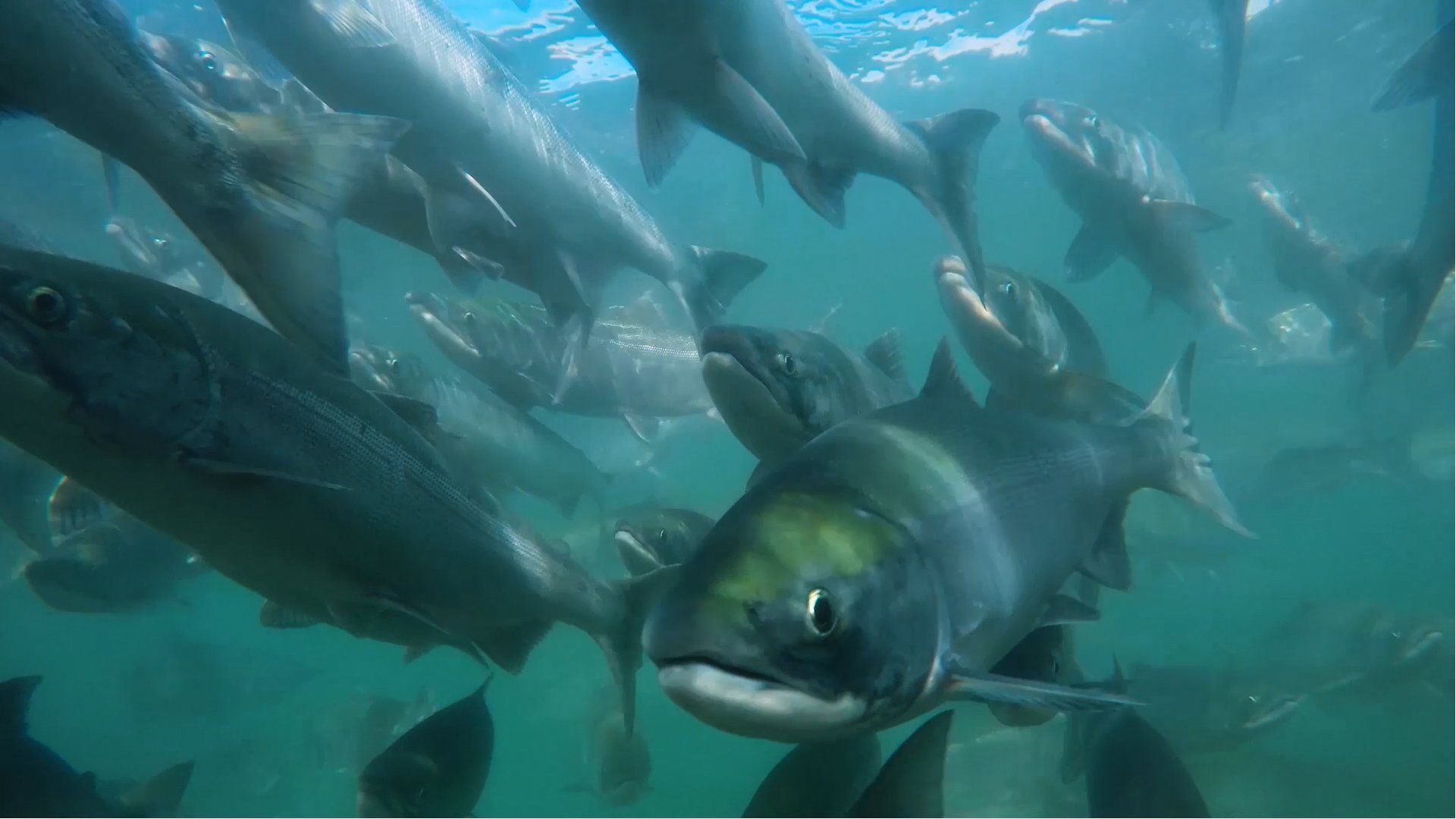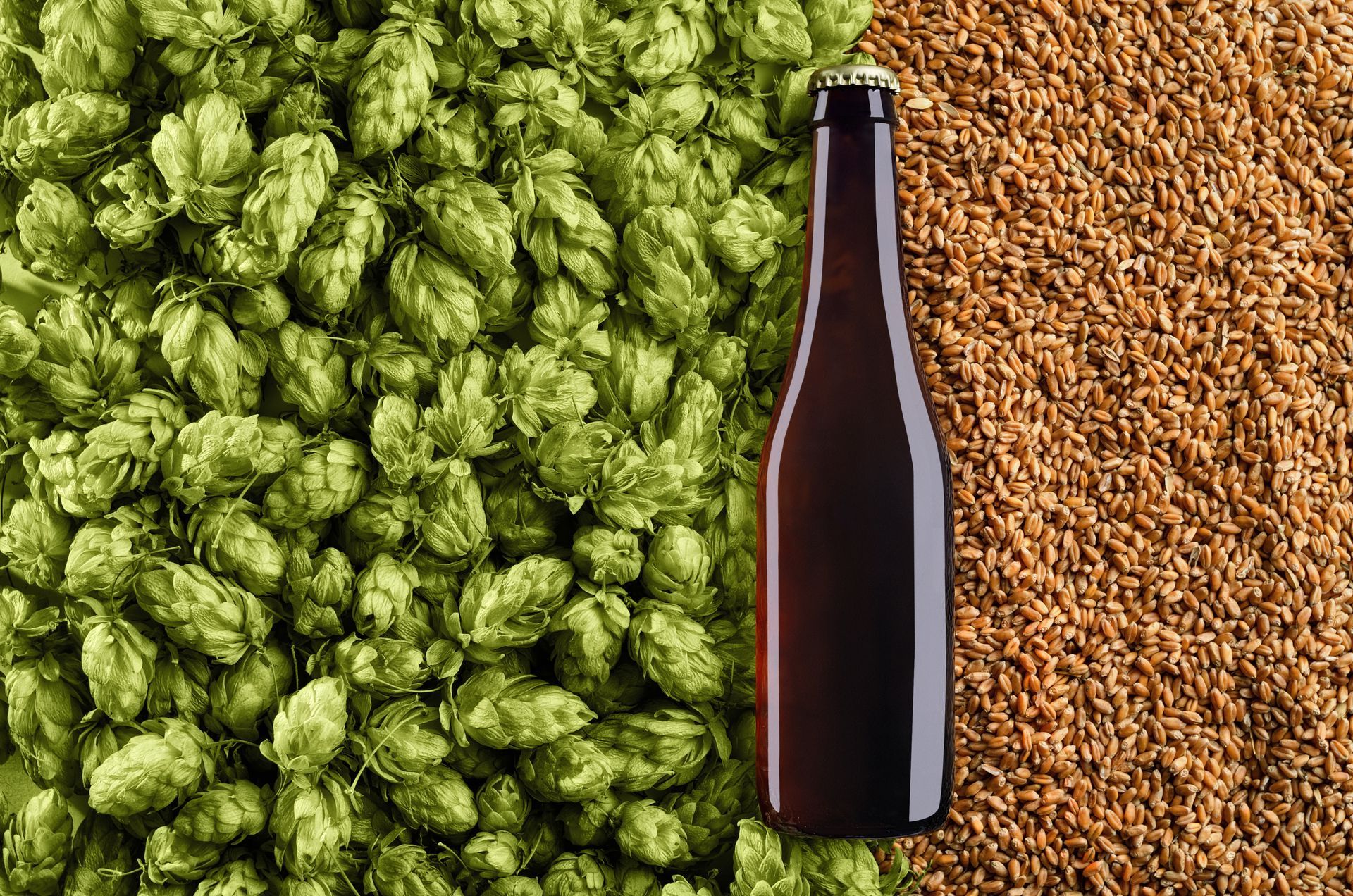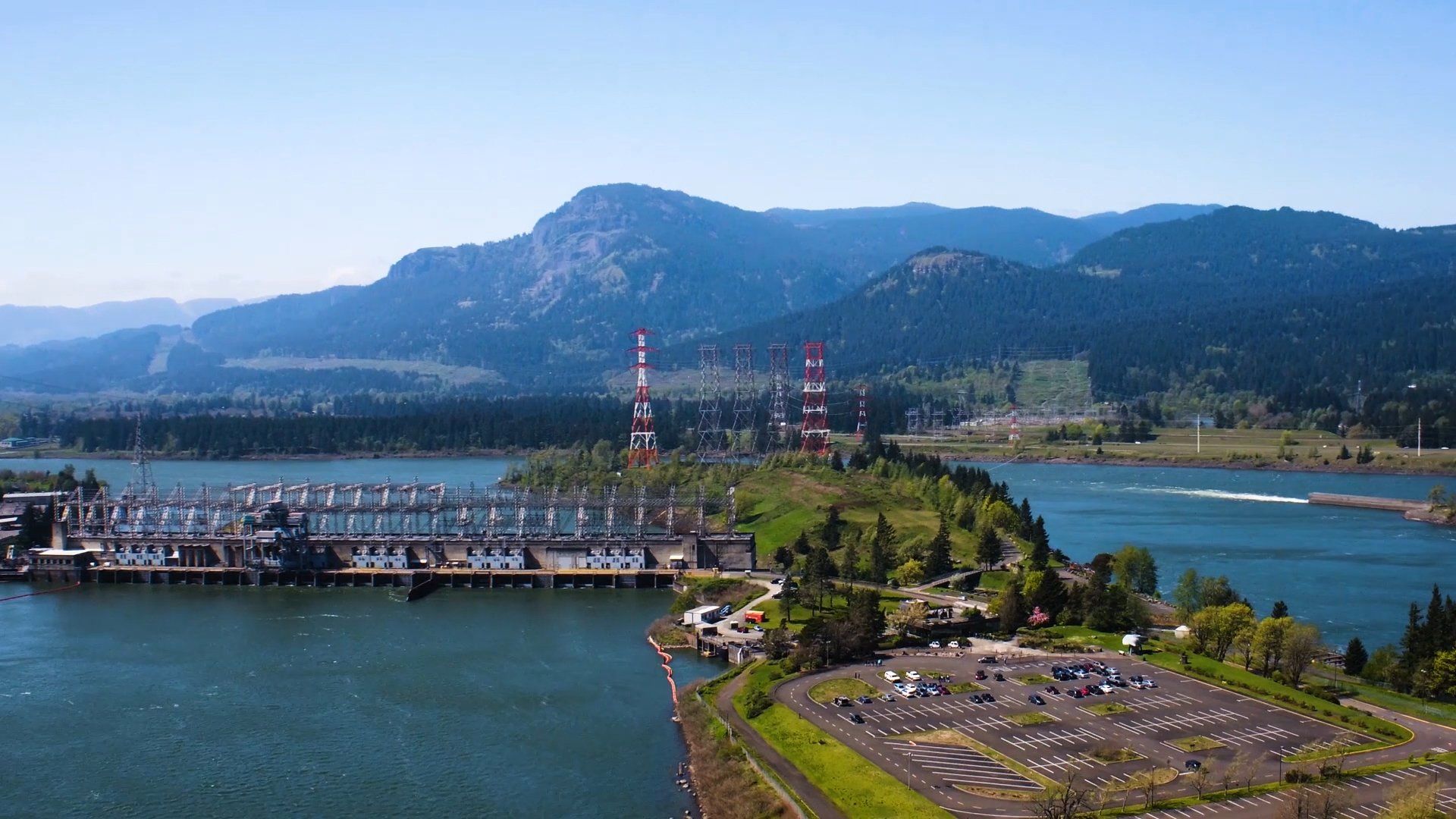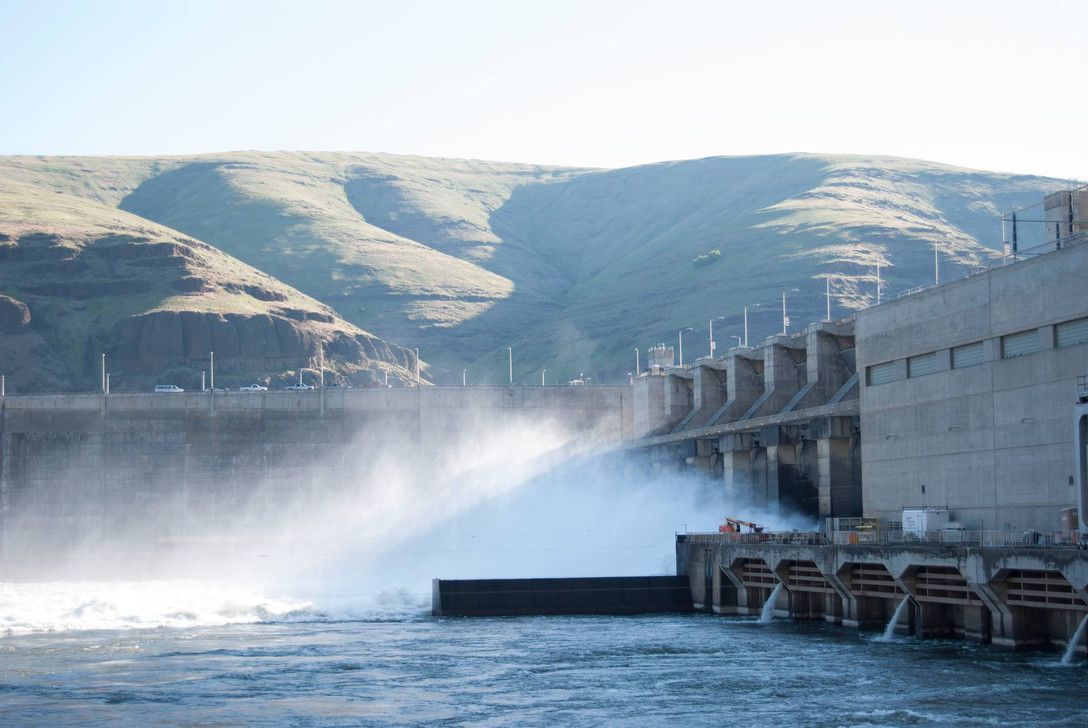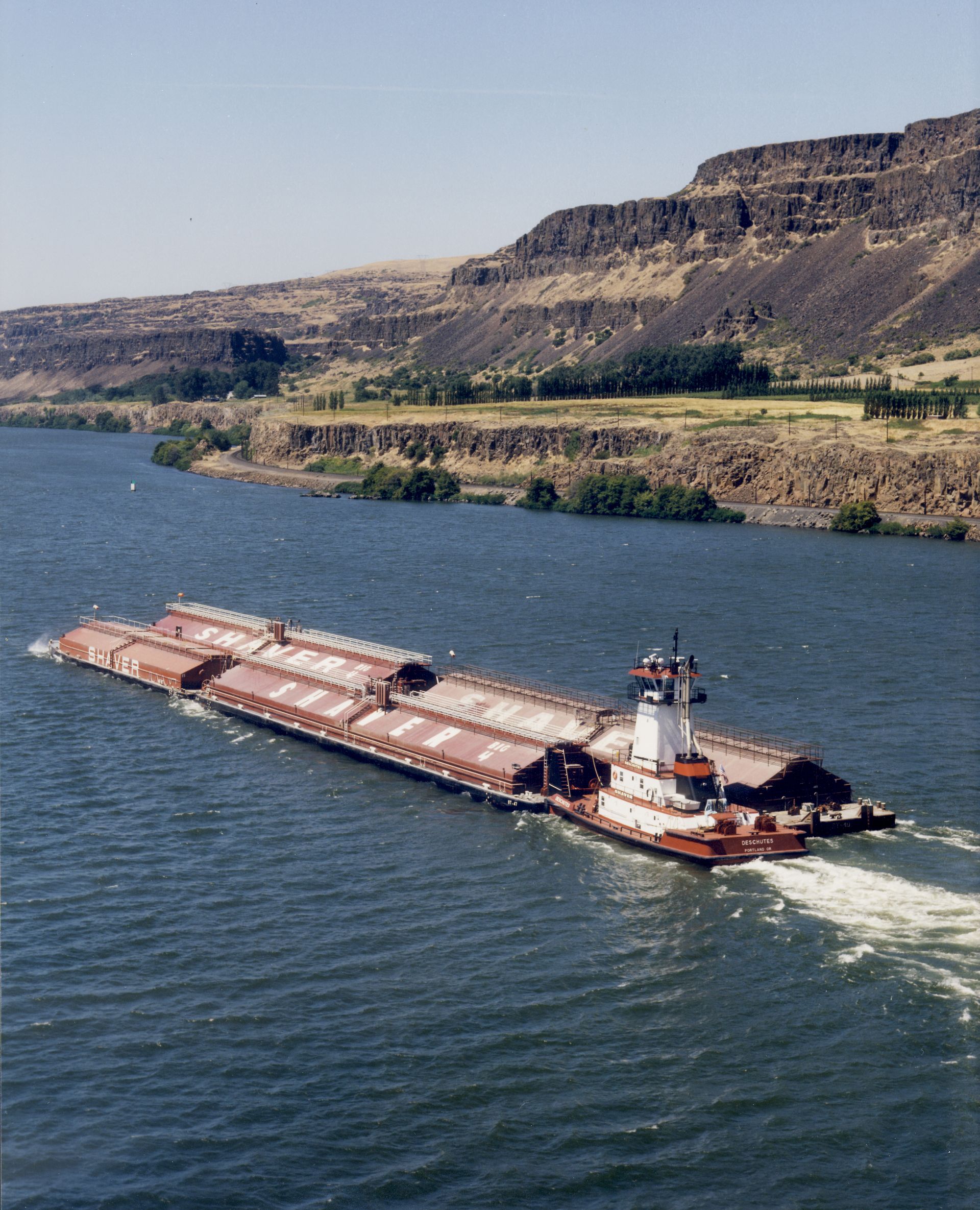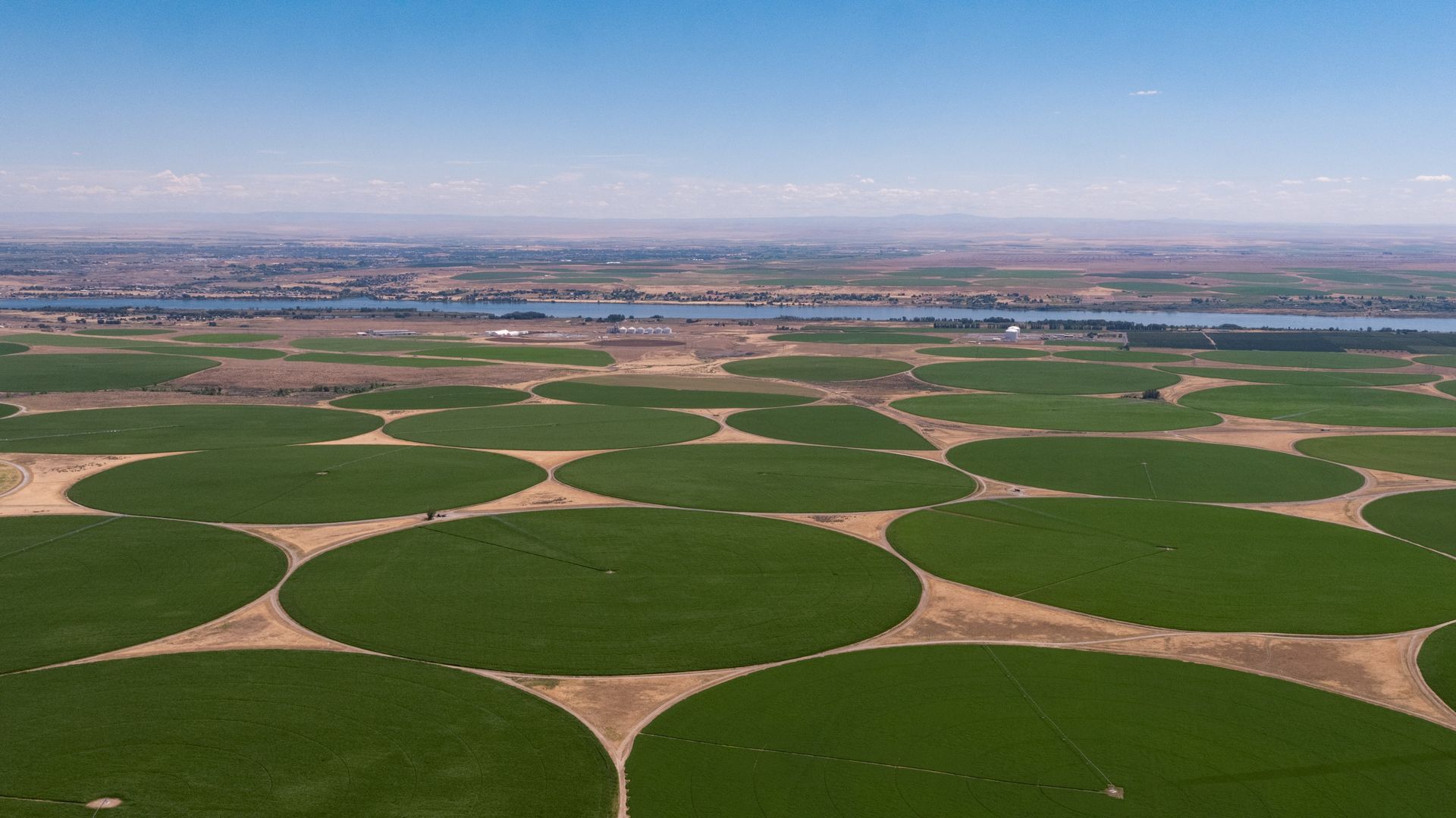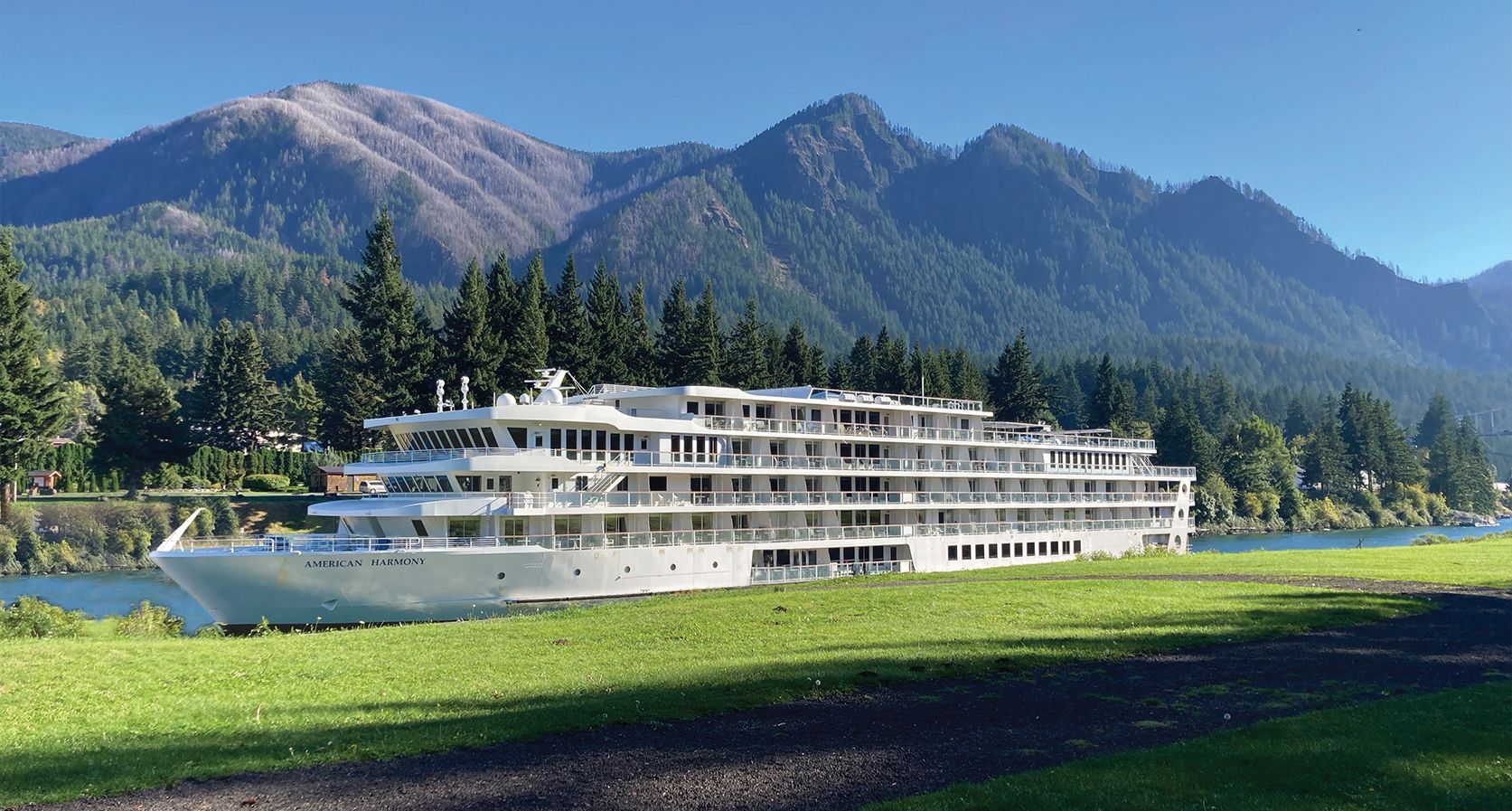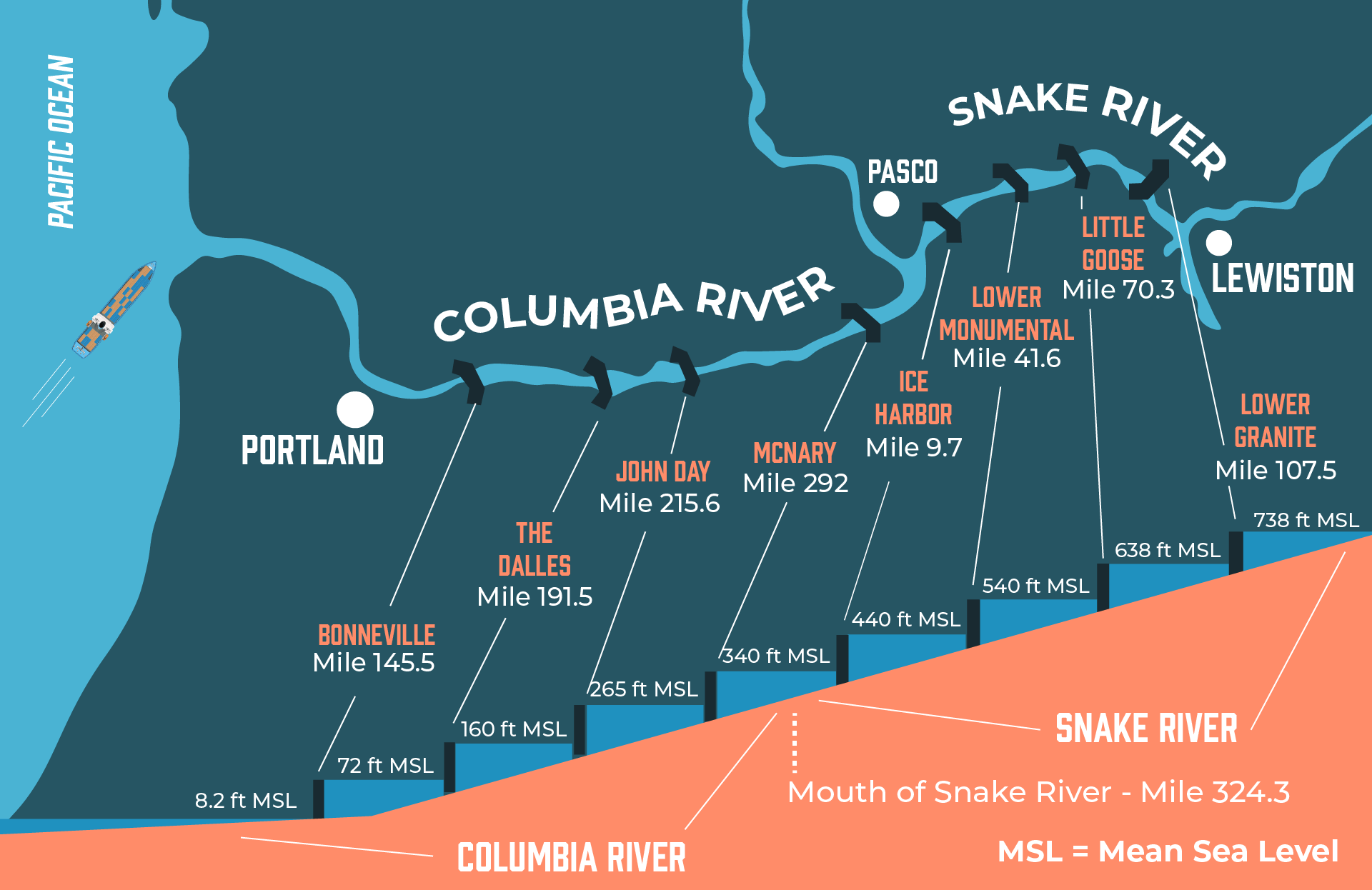Climate change is hitting our salmon runs hard, but we have the tools to help
Salmon are a symbol of the Pacific Northwest and our way of life. They are culture and
subsistence for Tribes, jobs for our commercial fishing fleets, food for our beloved marine
creatures, recreation for anglers, and an integral part of our ecosystem. They literally feed our people, environment, and economy. And they’re at risk, but not for the reasons you’ve heard before.
Overfishing, predation, and fish passage barriers historically have reduced our salmon runs, but through science and collaboration our local, state, federal, and Tribal partnerships have been helping salmon bounce back. According to The Oregonian, by the end of spring 2010 “almost 300,000 adult spring chinook had passed through Bonneville (Dam on the Columbia River), well above the 10- year average of 204,000 and almost five times the annual average of the 1990s.” In
fact, thanks to hard work, investment, and favorable ocean conditions, salmon numbers had been climbing since the early 2000s.
Today evidence shows there is a new threat affecting salmon populations. Climate change is warming and acidifying waters and changing fish habitat, food sources, and predator patterns up and down the West Coast. From Alaska to California, salmon numbers are declining again after nearly a decade of recovery. NOAA studies continue to show that ocean conditions are the consistent factor affecting salmon runs across the entire West Coast, even for free-flowing rivers such as the Elwha and Nooksack rivers in Northwest Washington state, which have no dams.
Fish passage through the federal dams on the Columbia and Snake rivers remains successful. This is the result of world-class research and investment that has resulted in state-of-the-industry fish passage facilities and improved outcomes for juvenile salmon.
Today, the eight federal hydroelectric dams on the Lower Columbia and Snake rivers have 95% or better juvenile fish passage. And we’ve achieved this while the river system continues to generate clean, affordable energy, irrigates more than a million acres of farmland, supports more than 40,000 jobs, and provides for the fuel-efficient movement of goods we use every day via barge and cargo vessel. This balance of economy and environment makes the Columbia and Snake rivers’ system of dams and navigation locks central to our region’s ability to fight climate change. The river system allows our region to reduce reliance on coal or nuclear power; maintain some of the most affordable power rates in the nation; and avoid hauling our goods by trains or trucks, which emit more greenhouse gases than river vessels and impact our air quality and traffic congestion. The river system reduces our impact on the climate, which helps increase salmon survival.
Climate change in 2021 is not a far-off possibility—it’s our reality. We are fortunate in the Pacific Northwest to have tools like the Columbia-Snake River System that help fight climate change and ensure fish passage while continuing to support our economy and way of life. We must protect the balance of these important resources while continuing to take individual and community actions that counter the effects of climate change. Our planet and the species we share it with depend on us.
